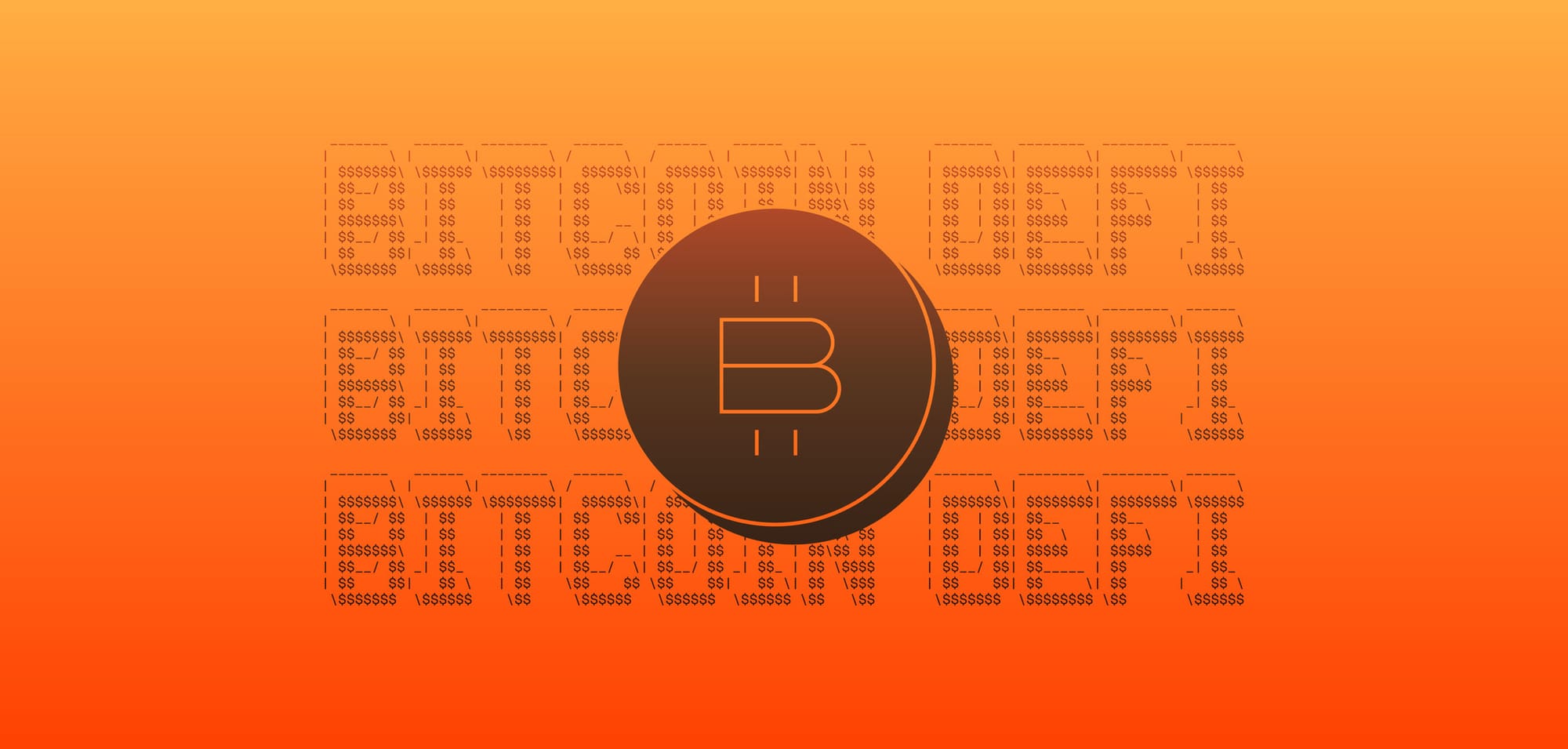Bitcoin Lacks Native DeFi Support Yet Layer 2 Solutions Advance It

Bitcoin stands as the foundational cryptocurrency, renowned for its role as a secure store of value and its unmatched decentralization through proof-of-work consensus. However, its core design emphasizes simplicity and security over programmability, which means it cannot natively execute the complex smart contracts needed for decentralized finance (DeFi) applications like lending platforms or automated market makers seen in other popular blockchains such as Ethereum and Solana.
This limitation stems from Bitcoin’s scripting language, which avoids Turing-complete features to prevent vulnerabilities, this combined with its smaller block space leaves it processing around seven transactions per second and making high-frequency DeFi interactions impossible on the base layer.
To overcome these native constraints, developers have turned to external solutions like Layer 2 networks and sidechains, which enable DeFi by processing transactions offchain while anchoring to Bitcoin’s base layer for final settlement. These extensions unlock Bitcoin’s massive liquidity for financial applications without altering its core protocol, paving the way for an extended Bitcoin DeFi ecosystem.
As of August 2025, the Bitcoin DeFi ecosystem has shown growth despite these constraints, with total value locked reaching approximately $6.8 billion according to recent data from analytics platforms. This surge reflects a broader trend where Bitcoin’s trillion-dollar liquidity is increasingly mobilized for yield-generating activities, drawing institutional interest and venture funding that hit $175 million in the first half of the year alone. Developers and investors recognize Bitcoin’s potential beyond holding, pushing for innovations that preserve its core strengths while expanding utility.
Historical attempts to add DeFi-like features directly on Bitcoin, such as early token standards, fell short due to scalability issues and the network’s conservative upgrade process. Today, the focus has shifted to external mechanisms that leverage Bitcoin’s security without altering its base protocol. Wrapped Bitcoin assets on other chains have played a role, but they often introduce custody risks and detach from Bitcoin’s native environment.
Stay In The Loop and Never Miss Important Bitcoin News
Sign up and be the first to know when we publishLayer 2 Solutions Bridging the Gap
Layer 2 networks have emerged as the primary way to enable DeFi on Bitcoin, processing transactions offchain and settling them on the main network for finality. Projects like Stacks use proof-of-transfer to anchor blocks to Bitcoin, allowing smart contracts in a secure language and supporting applications from lending to token swaps, with total value locked (TVL) at about $78 million in mid-2025. This approach inherits Bitcoin’s hash power, making it resistant to attacks while offering yields around 10% through staking mechanisms.
Rootstock, another key player, operates as a merge-mined sidechain sharing up to 80% of Bitcoin’s mining power, enabling Ethereum-compatible contracts and products like stablecoins or margin trading. Its total value locked stands at roughly $270 million, bolstered by low fees and 30-second block times that suit DeFi’s demands. Recent integrations with protocols for real-world assets highlight how Rootstock attracts conservative users seeking Bitcoin’s reliability in a programmable setting.
Emerging solutions like Merlin Chain incorporate zero-knowledge rollups to batch transactions efficiently, enhancing privacy and speed for Bitcoin-based DeFi. These advancements address bridge vulnerabilities through decentralized designs, reducing reliance on multisignature setups that have plagued earlier bridges. As venture capital flows into these projects, the ecosystem is maturing, with total Bitcoin DeFi value locked climbing from under $1 billion at the start of 2024 to over $6 billion by summer 2025.
Innovations such as BitVM are pushing boundaries further by enabling complex computations verified on Bitcoin, potentially unlocking native smart contract capabilities without soft forks. This could streamline yield farming or borrowing directly tied to Bitcoin holdings, appealing to long-term holders. Community-driven governance in these layers align with Bitcoin’s ethos, fostering trust among users wary of centralization.
The rise of Bitcoin DeFi through these extensions is drawing comparisons to Ethereum’s dominance, yet it emphasizes security over sheer speed. Institutions are taking note, with Wrapped Bitcoin facilitating billions in cross-chain activity while native layers keep assets closer to home. As adoption grows, these developments position Bitcoin as a versatile financial hub, blending its digital gold status with practical earning opportunities.
Ongoing challenges include ensuring bridge security and maintaining decentralization, but 2025 updates like enhanced peg mechanisms are mitigating risks. Projects focusing on real-world assets and staking show promise, yet Bitcoin DeFi still has a long way to go. Despite significant headway from Layer 2 protocols and networks, Bitcoin has not yet reached the level of native DeFi blockchains like Ethereum or Solana, with considerable work remaining to bridge the gap. For Bitcoin enthusiasts, this evolution offers yields without sacrificing sovereignty, marking a pivotal shift in the cryptocurrency landscape.

